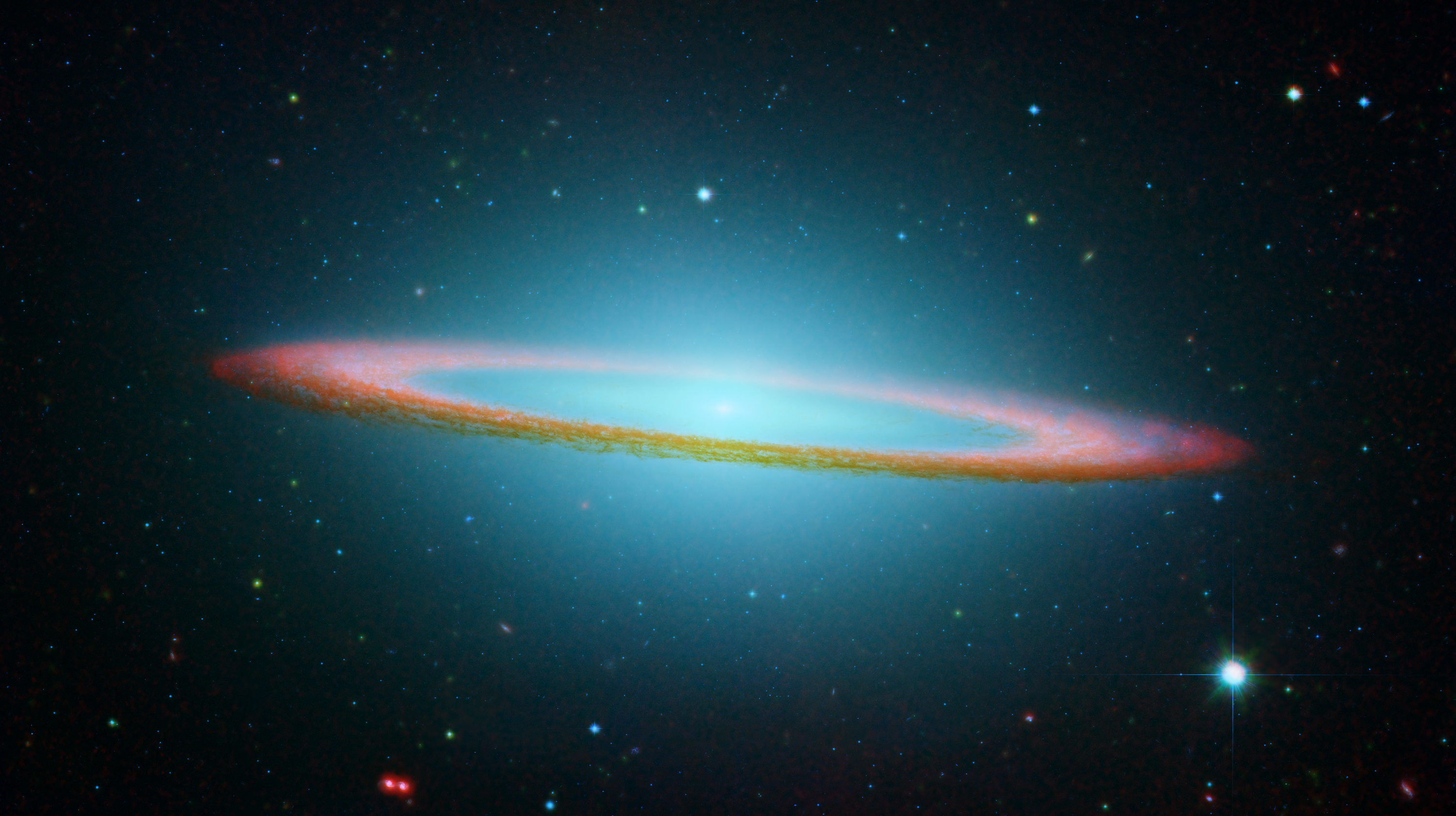10 Breakthroughs That Are Taking Space Exploration to the Next Level
As humanity stands on the precipice of a new era in space exploration, the cosmos beckons with the promise of discovery and innovation. This journey into the unknown is being propelled by a series of groundbreaking advancements that are transforming our capabilities and expanding the horizons of what is possible. From technological innovations to international collaborations, these breakthroughs are setting the stage for unprecedented exploration. This article delves into 10 pivotal developments that are reshaping the landscape of space exploration, each serving as a stepping stone towards a future where the mysteries of the universe are within our grasp.
1. The Rise of Reusable Rockets
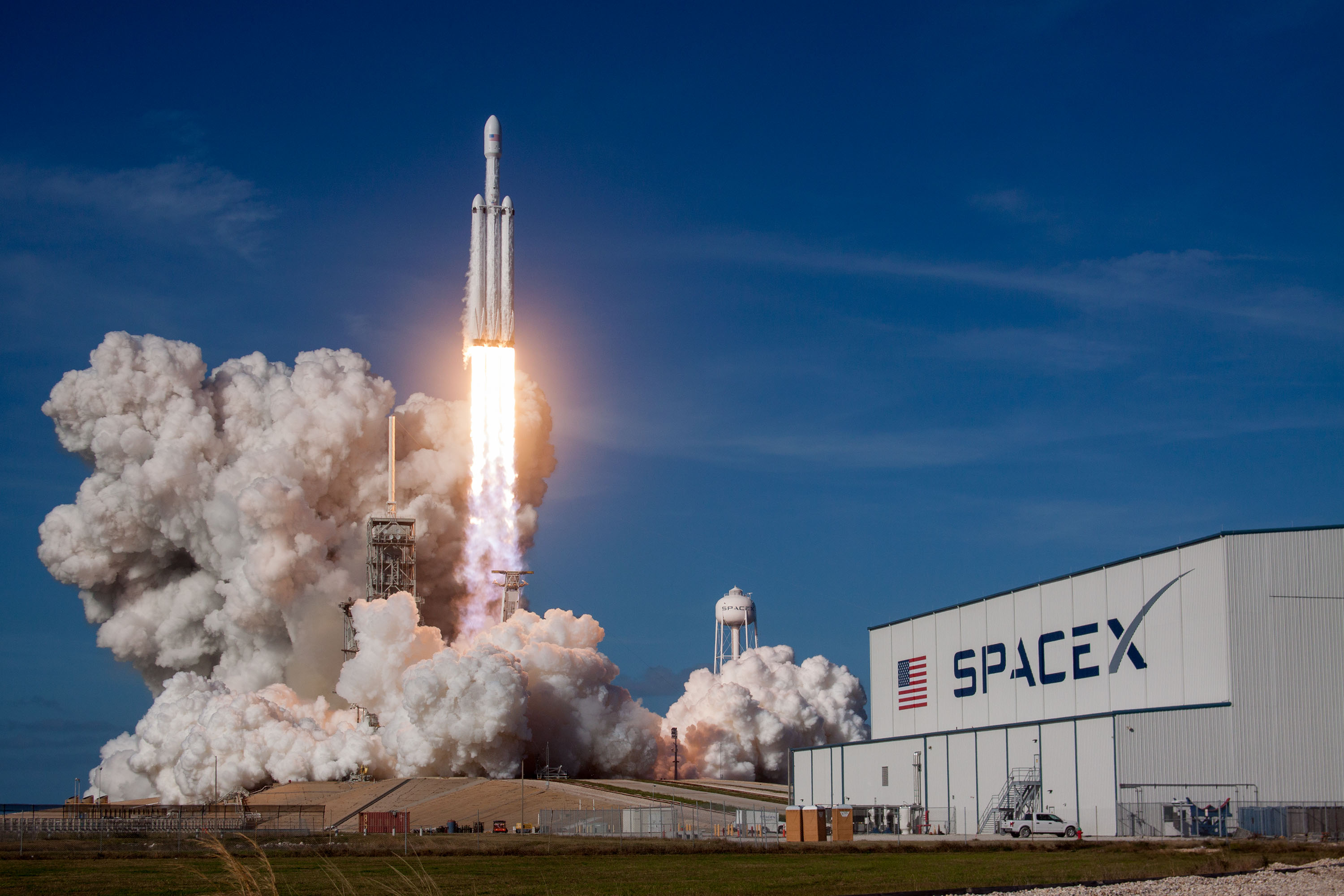
The introduction of reusable rocket technology, spearheaded by companies like SpaceX, has revolutionized the economics of space travel. By dramatically reducing the cost of launching payloads into orbit, reusable rockets have made space more accessible than ever before. This innovation not only facilitates more frequent missions but also encourages a broader range of participants, from private enterprises to educational institutions. The ability to reuse rockets has also sparked a competitive spirit within the aerospace industry, driving further advancements and efficiencies. As costs continue to decrease, the dream of routine space travel is becoming a tangible reality.
2. The Power of Artificial Intelligence
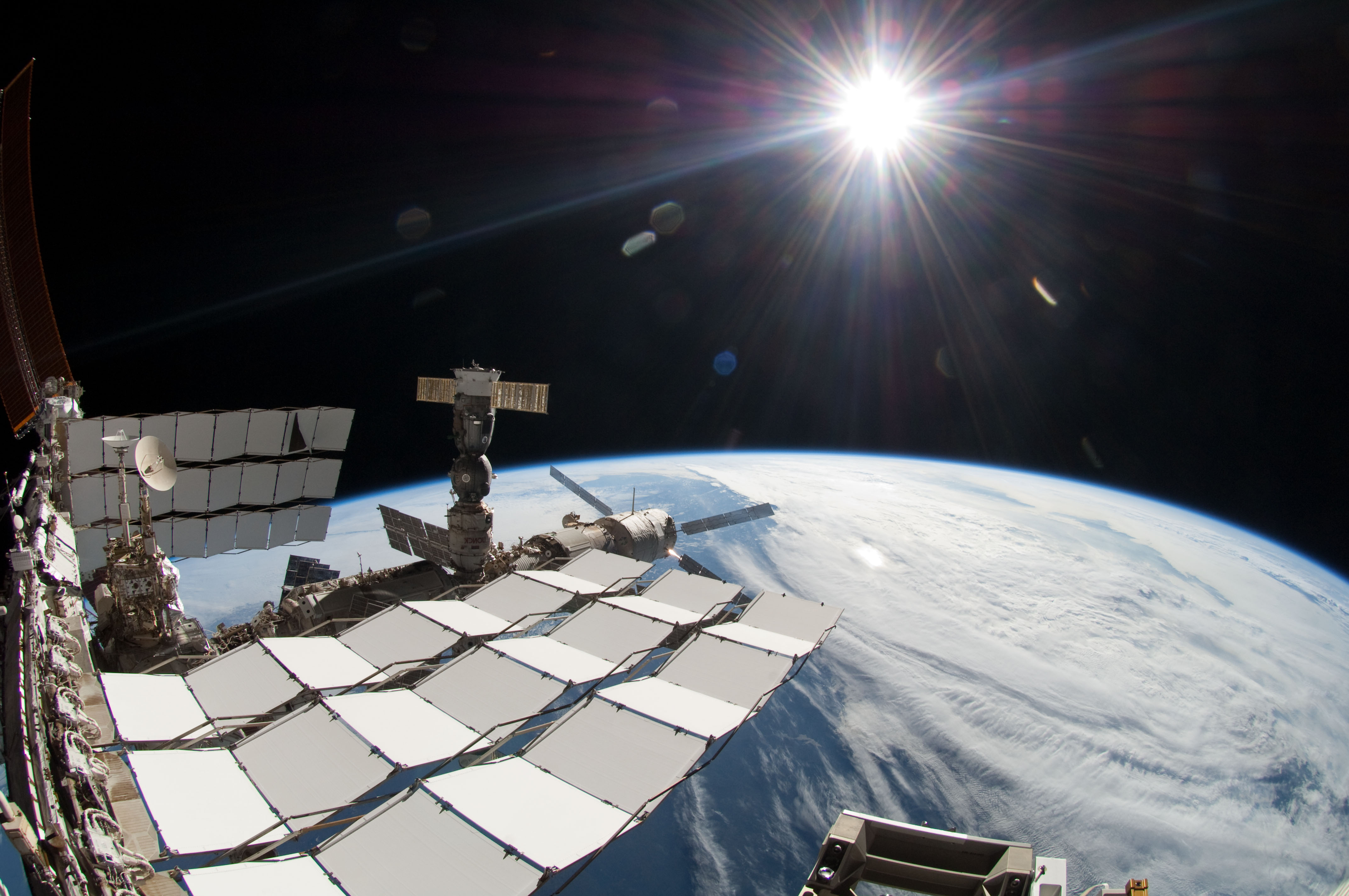
Artificial intelligence (AI) is playing a transformative role in space exploration, from autonomous navigation to data analysis. AI systems are capable of processing vast amounts of data collected by satellites and rovers, identifying patterns and anomalies that would be impossible for humans to discern. This capability is crucial for missions to distant planets, where real-time human intervention is not feasible. AI is also enhancing the design and operation of spacecraft, optimizing fuel consumption, and improving safety. As AI technology continues to evolve, its integration into space exploration will undoubtedly lead to more efficient and successful missions.
3. The Promise of Quantum Communication
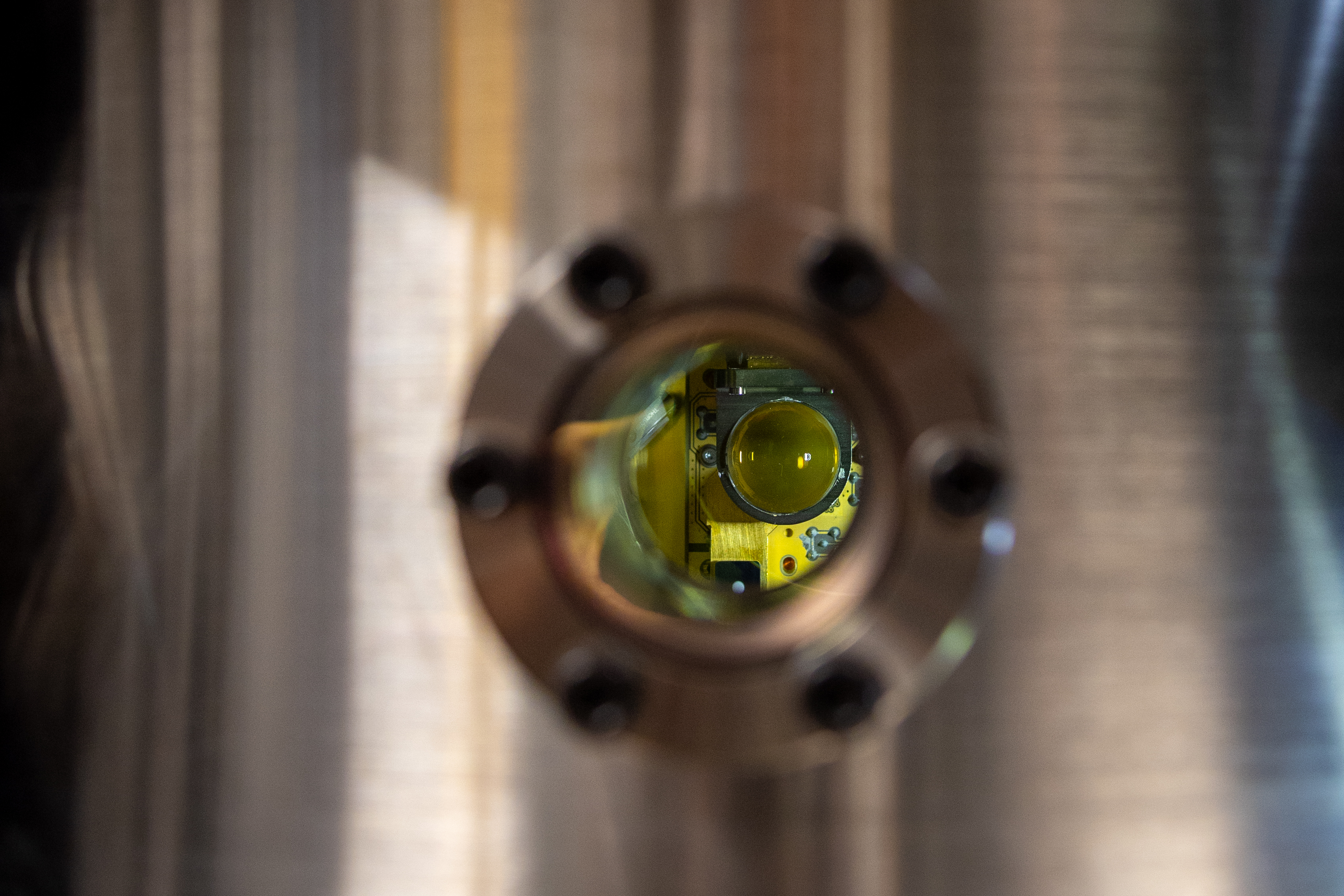
Quantum communication holds the potential to revolutionize how we transmit information across vast distances in space. By leveraging the principles of quantum entanglement, this technology promises ultra-secure communication channels that are immune to eavesdropping. This advancement is particularly critical for deep-space missions, where maintaining secure and reliable communication is paramount. Furthermore, quantum communication could enable the transmission of data at unprecedented speeds, facilitating real-time decision-making and coordination between Earth and distant spacecraft. As research in this field progresses, quantum communication could become the backbone of interstellar communication networks.
4. The Era of Mega-Constellations
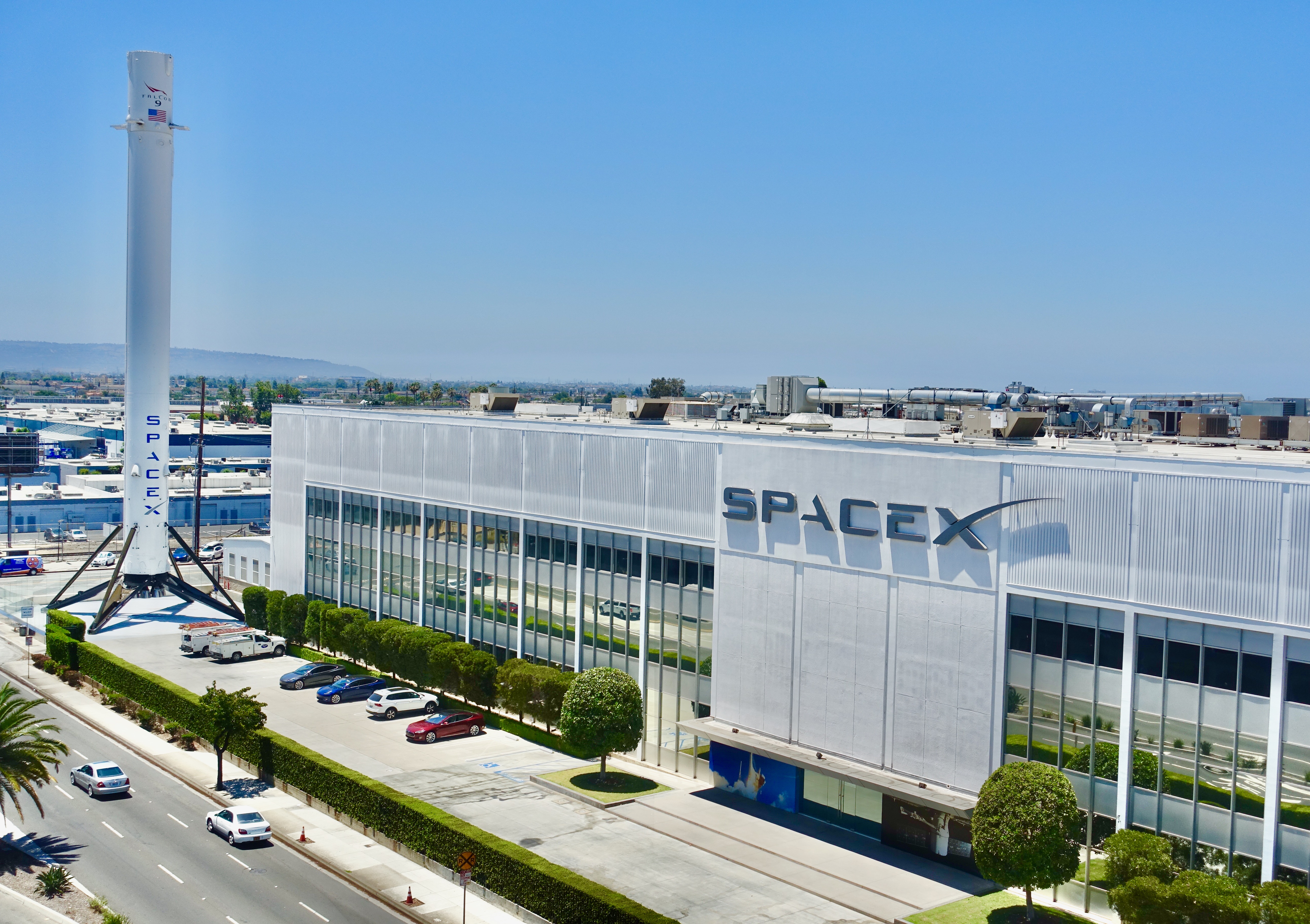
The deployment of mega-constellations, consisting of thousands of small satellites, is transforming global connectivity and space observation. Companies like SpaceX and OneWeb are leading the charge, aiming to provide high-speed internet access to even the most remote corners of the planet. Beyond connectivity, these constellations offer enhanced Earth observation capabilities, enabling real-time monitoring of environmental changes and natural disasters. The data collected by these satellites is invaluable for scientific research and policy-making. As mega-constellations continue to expand, they will play a crucial role in bridging the digital divide and enhancing our understanding of Earth's dynamic systems.
5. The Search for Extraterrestrial Life

Advancements in technology are fueling the search for extraterrestrial life, with missions targeting Mars, Europa, and beyond. Sophisticated instruments are capable of detecting biosignatures and analyzing the chemical composition of distant worlds. The discovery of extremophiles on Earth has expanded our understanding of the conditions under which life can exist, prompting scientists to explore a wider range of environments in the search for life. Missions like the James Webb Space Telescope are poised to provide unprecedented insights into the atmospheres of exoplanets, potentially identifying planets with conditions suitable for life. The search for extraterrestrial life is not only a scientific endeavor but also a quest that challenges our understanding of life's possibilities.
6. The Expansion of International Collaboration

International collaboration is becoming a cornerstone of space exploration, as countries recognize the benefits of pooling resources and expertise. Joint missions, such as the International Space Station (ISS), exemplify the power of collaboration in achieving complex goals. These partnerships enable the sharing of costs and risks, while also fostering diplomatic relations and cultural exchange. As space exploration becomes more ambitious, international cooperation will be essential for tackling challenges that no single nation can address alone. The collaborative spirit is also extending to the private sector, where multinational partnerships are driving innovation and expanding the reach of space initiatives.
7. The Development of Space Habitats

The dream of living and working in space is inching closer to reality with the development of space habitats. These structures are designed to support human life in the harsh environment of space, providing the necessary resources for long-duration missions. Concepts like NASA's Lunar Gateway and private initiatives such as Axiom Space's commercial space station are paving the way for permanent human presence beyond Earth. The development of sustainable life-support systems, radiation protection, and resource utilization are key challenges being addressed by these projects. As space habitats become more viable, they will serve as stepping stones for human exploration of the Moon, Mars, and beyond.
8. The Advancement of Propulsion Technologies

Innovations in propulsion technologies are crucial for reducing travel time and expanding the reach of space missions. Concepts such as ion propulsion, nuclear thermal propulsion, and solar sails offer the potential for more efficient and faster travel through space. These technologies could significantly shorten the duration of missions to distant planets, making them more feasible and reducing the risks associated with long-duration space travel. Advances in propulsion are also essential for deep-space exploration, enabling spacecraft to reach and study objects at the farthest reaches of our solar system and beyond. As research in this field continues, new propulsion methods will unlock new possibilities for exploration.
9. The Role of Space Mining
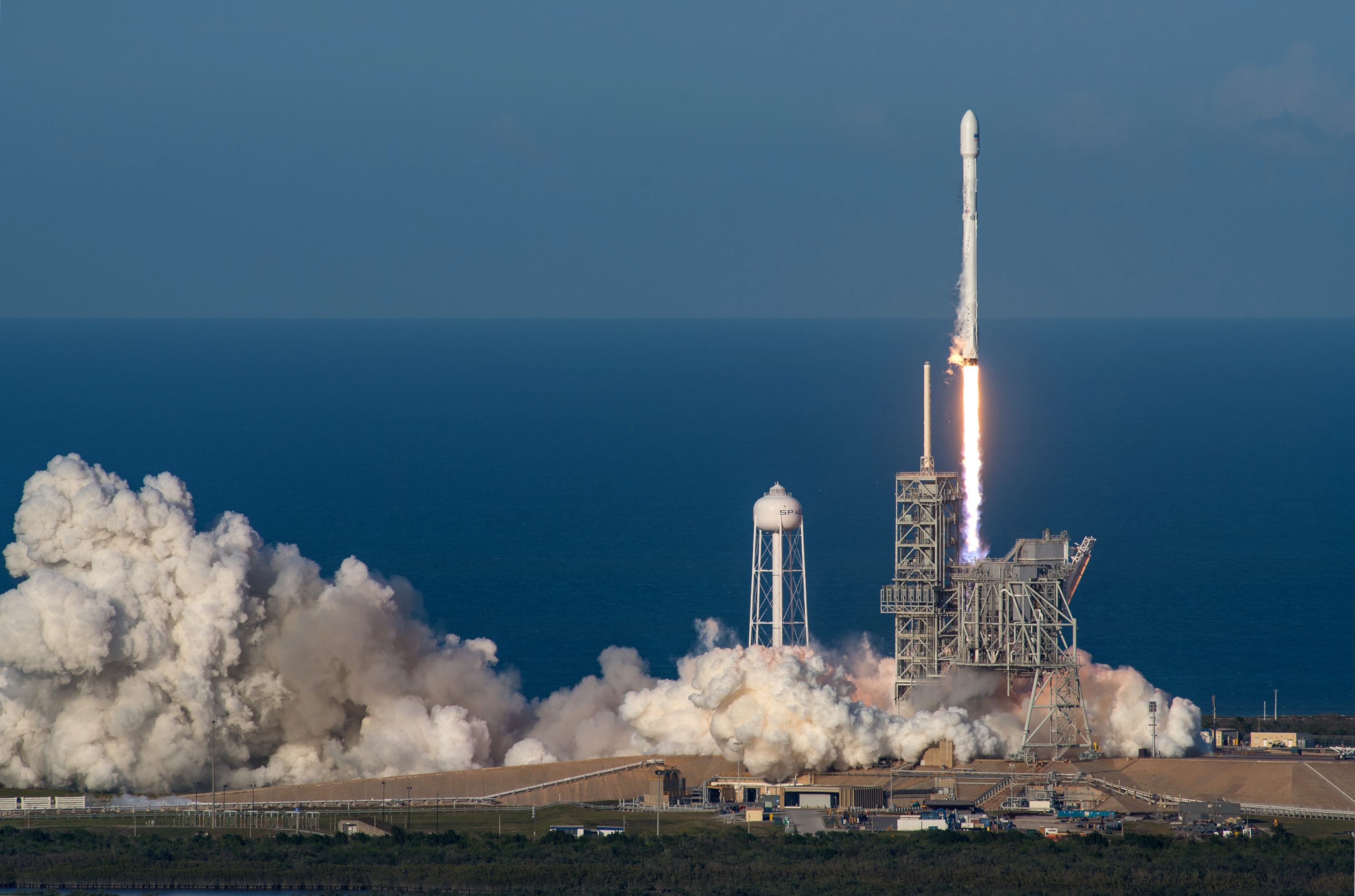
Space mining is emerging as a promising industry with the potential to provide resources for space exploration and beyond. The extraction of water, metals, and other materials from asteroids and the Moon could support the construction of space habitats and the production of fuel, reducing the need to transport resources from Earth. This capability is critical for enabling sustainable and cost-effective exploration of the solar system. Companies and governments are investing in the development of technologies and legal frameworks to support space mining activities. As this industry matures, it could play a pivotal role in the economic and technological expansion into space.
10. The Influence of Space Policy and Regulation

The evolving landscape of space exploration is prompting the development of new policies and regulations to address emerging challenges. Issues such as space debris management, property rights, and the militarization of space require careful consideration to ensure the sustainable and peaceful use of space. International agreements and national regulations are being crafted to address these concerns, balancing the interests of different stakeholders. The establishment of clear legal frameworks is essential for fostering innovation and investment in space activities. As space exploration advances, effective policy and regulation will be crucial for guiding the responsible and equitable use of space resources.
Charting the Future of Space Exploration
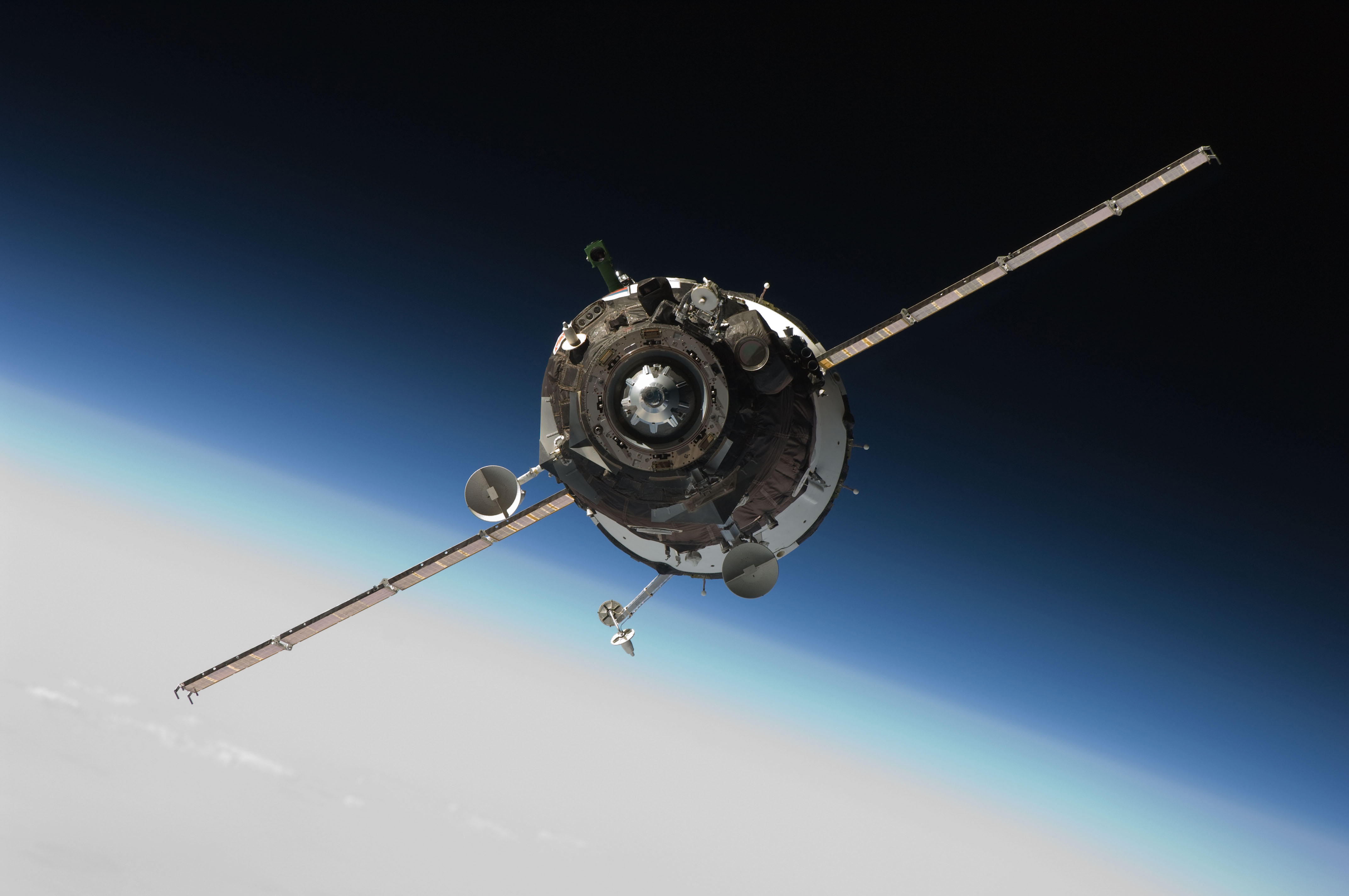
The journey towards new horizons in space exploration is marked by a series of transformative breakthroughs that are reshaping our understanding of the cosmos. From technological innovations to international collaborations, these advancements are paving the way for a future where space is more accessible and exploration is more ambitious. As we continue to push the boundaries of what is possible, the potential for discovery and innovation is limitless. The challenges that lie ahead are significant, but the opportunities are even greater. By embracing these breakthroughs, humanity is poised to embark on a cosmic journey that will redefine our place in the universe.




